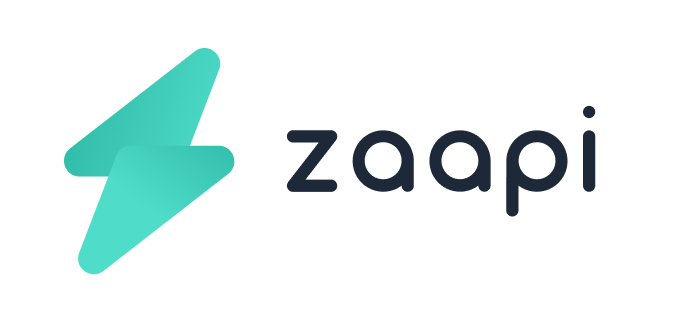
Led the UX initiative to simplify complex AI workflows, empowering non-technical business owners to build their own customer service agents without writing a single line of code.
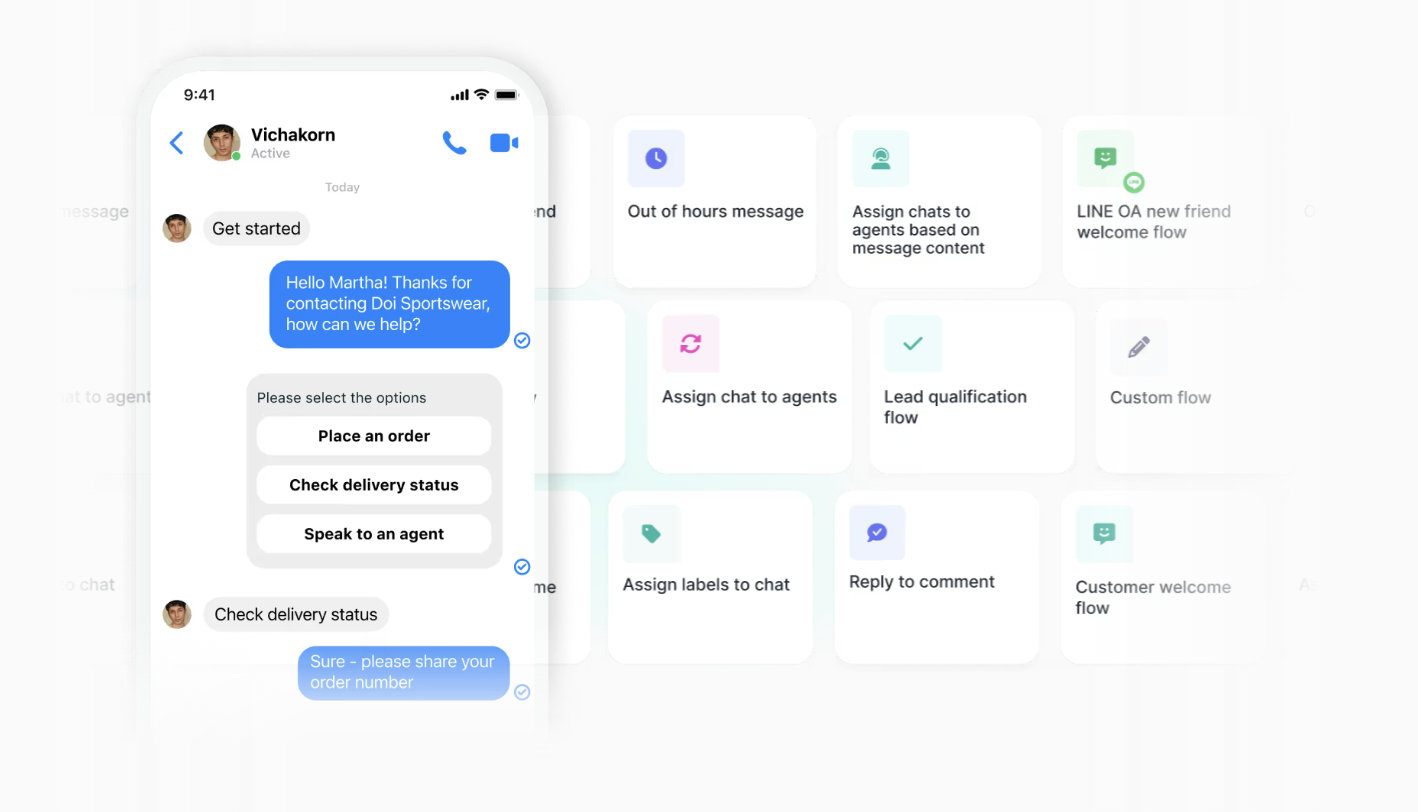
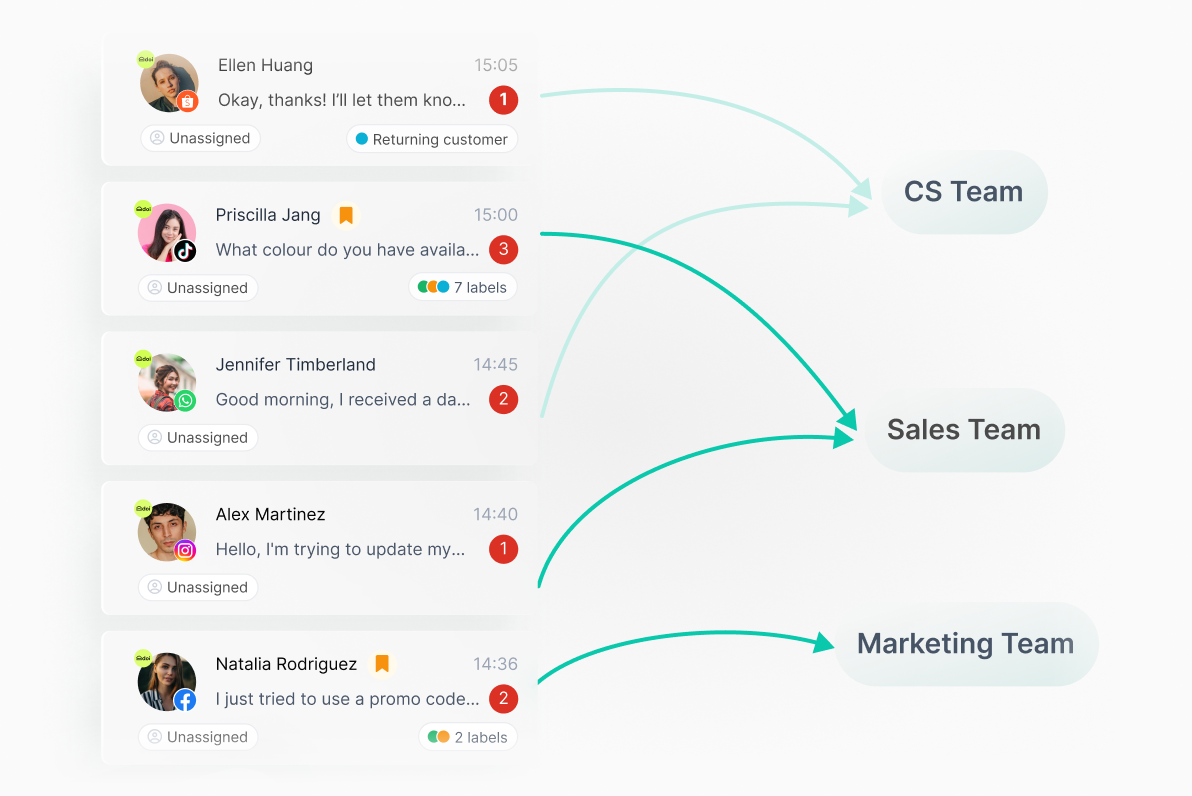

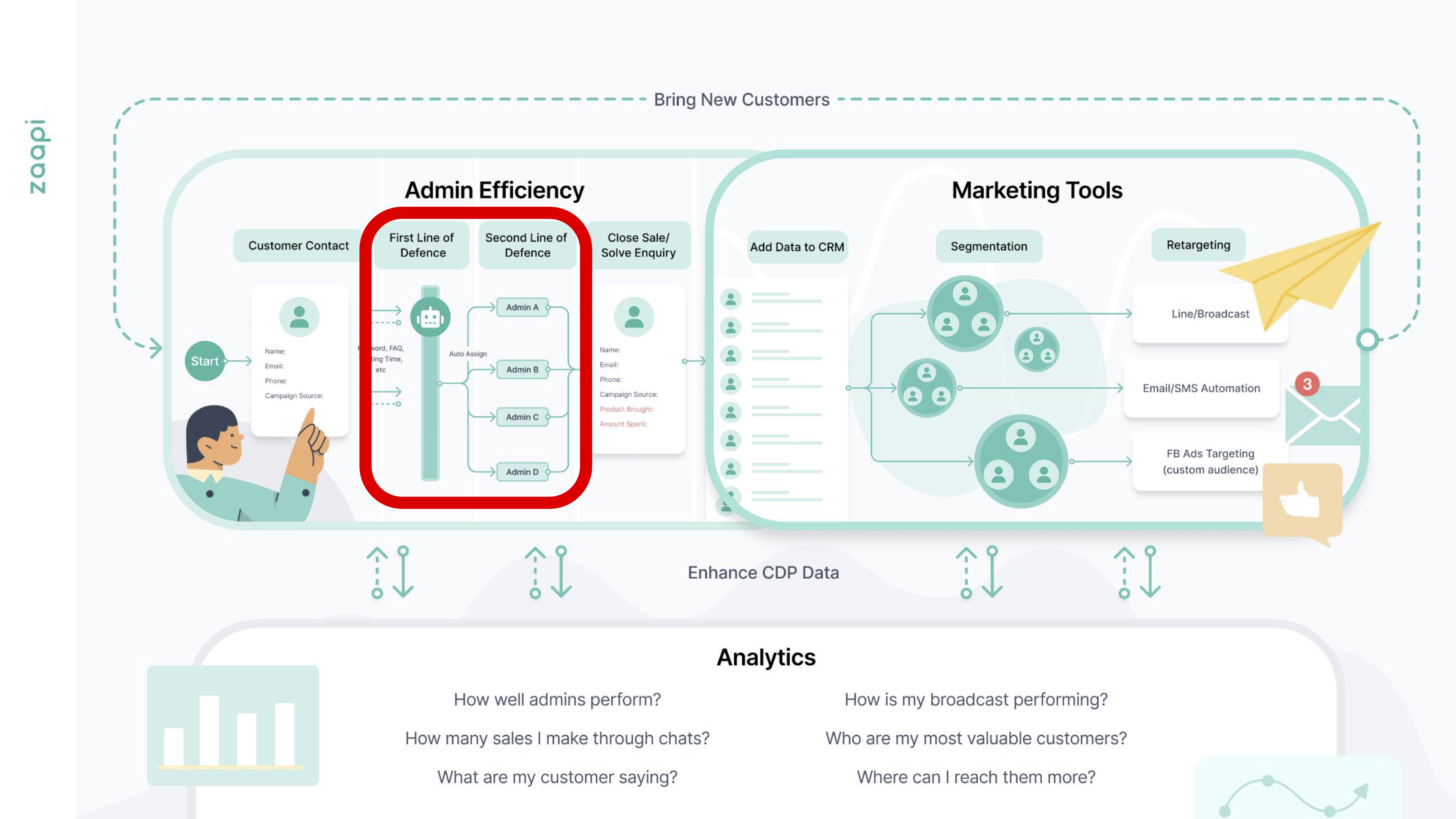
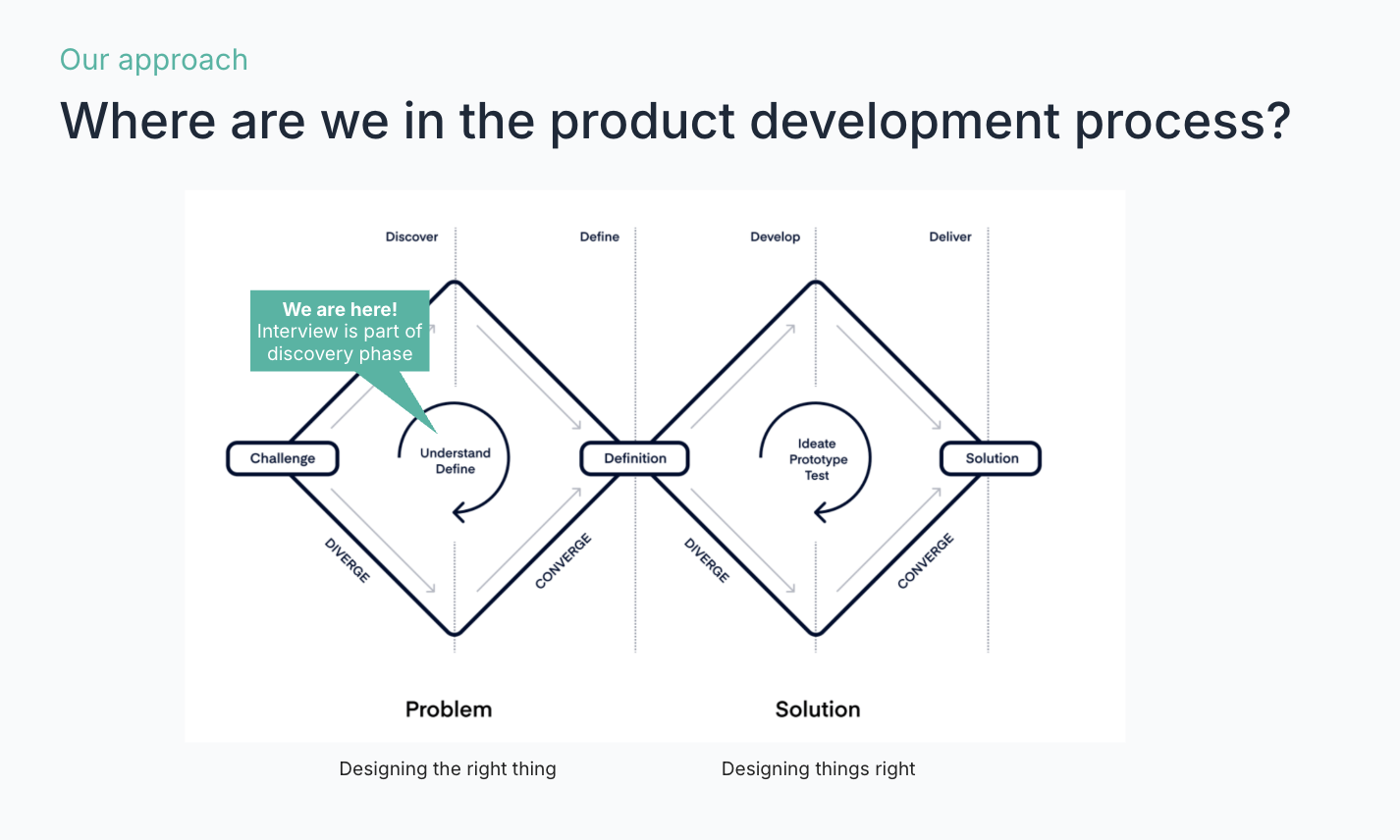

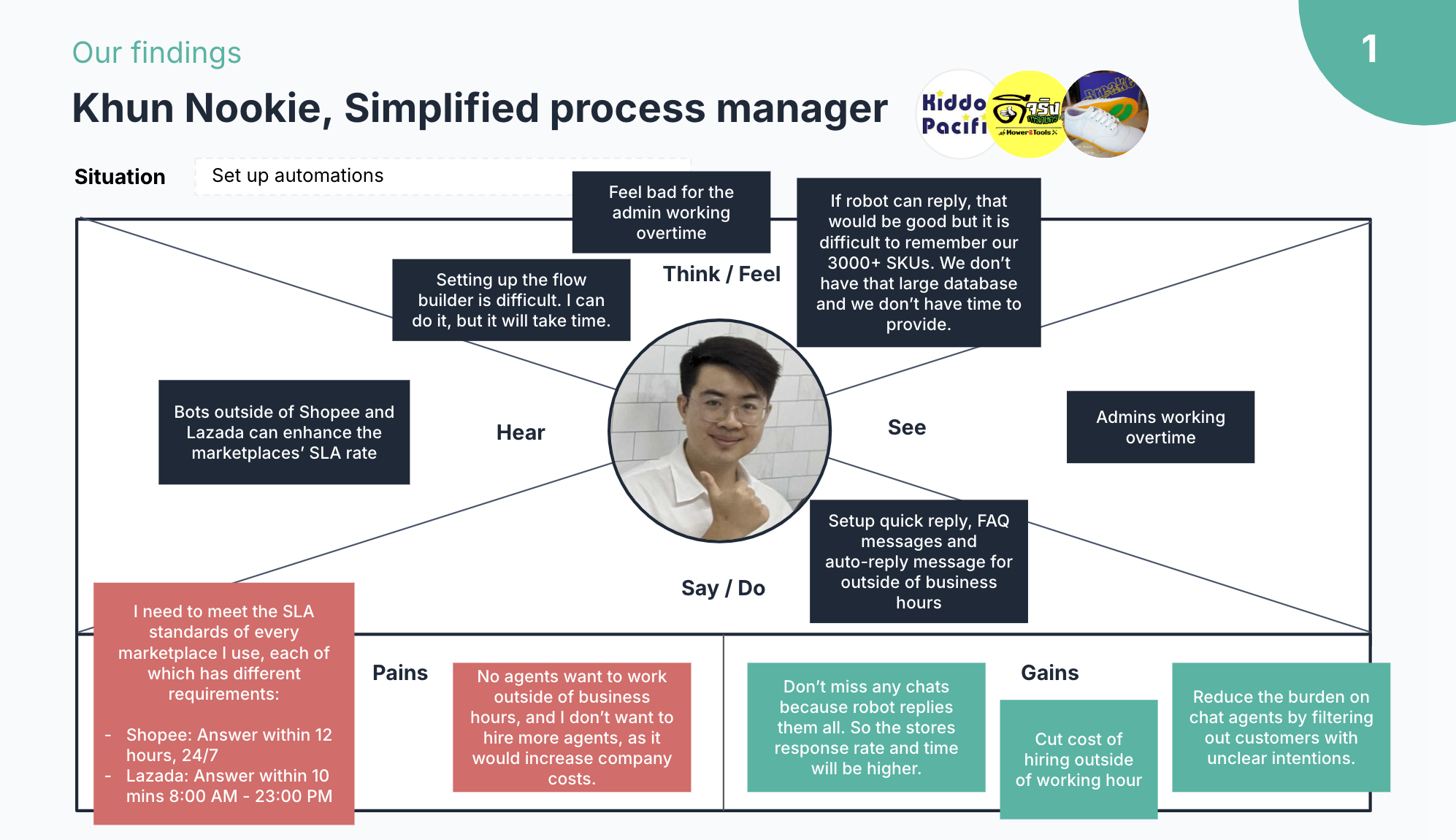
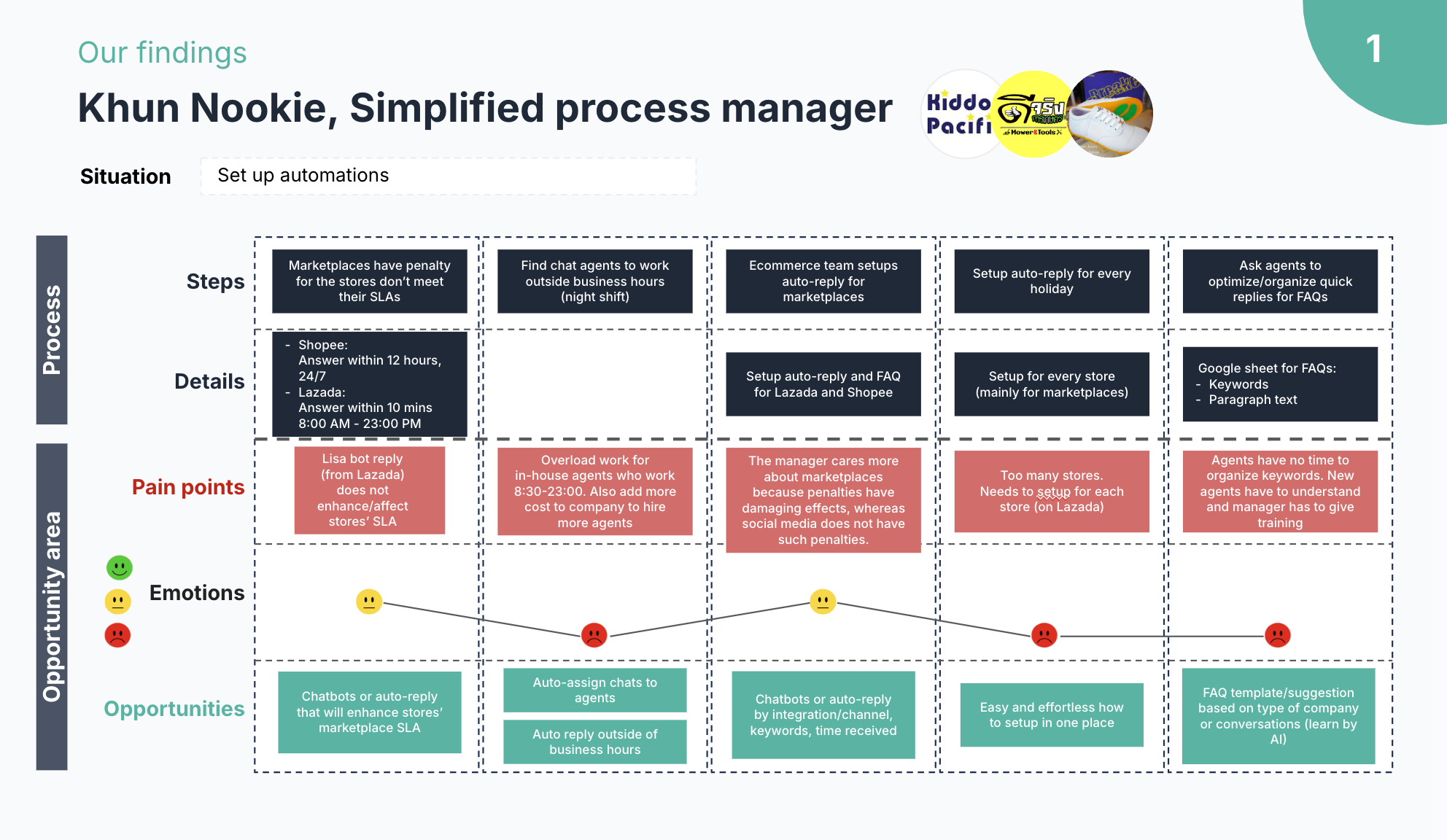



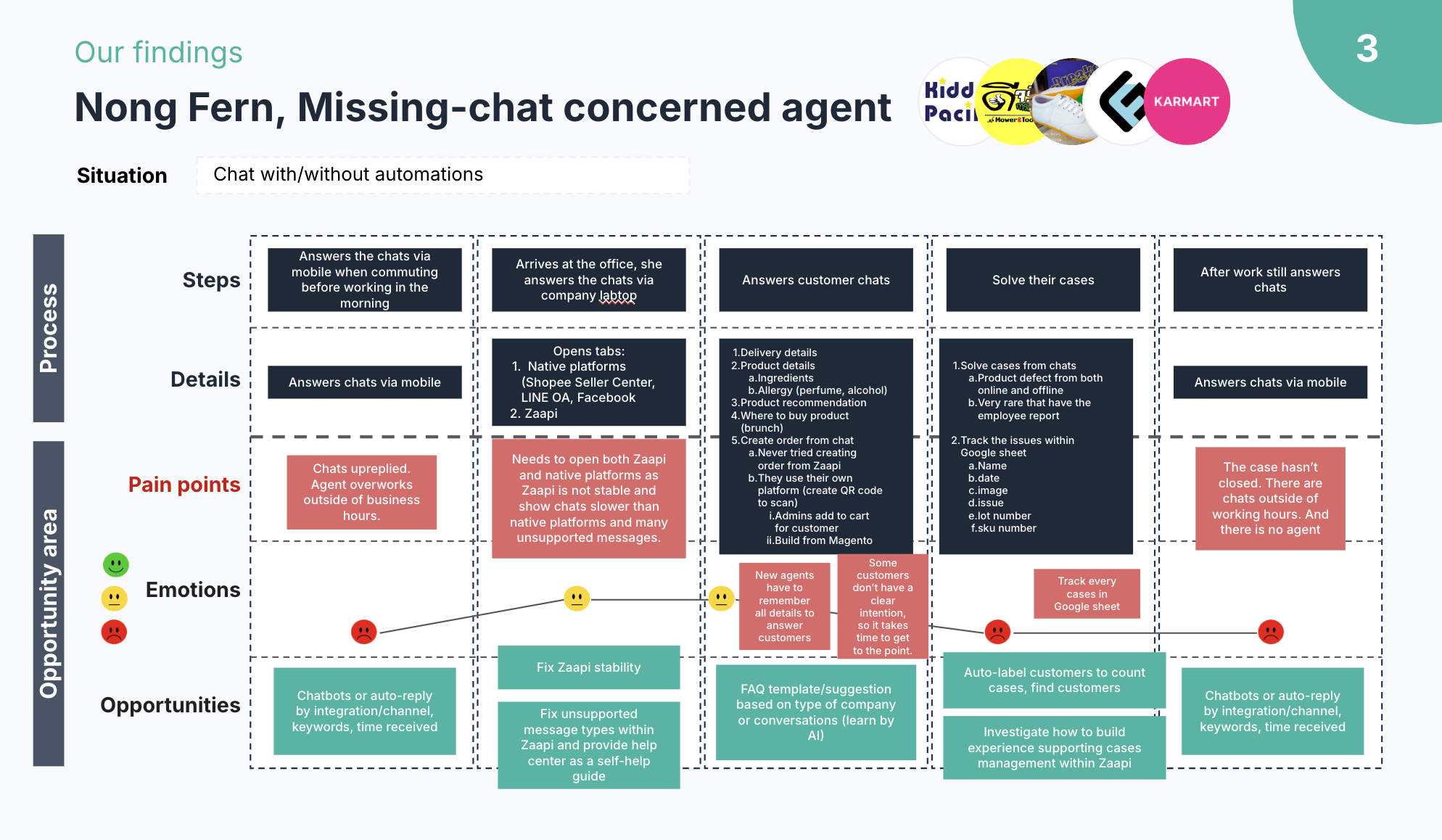
Most users want simple automations that cover their essential needs which is key to feature adoption.
With automations, we have found that many users want to keep things simple and are overwhelmed with too many customization. As a result, we will start with very user friendly templates of the most important automations, and open up to those features to more advanced customization in the future. This not only simplifies the experience for the user, it also increases our speed to market by reducing the number of variables/complexity involved in the feature.
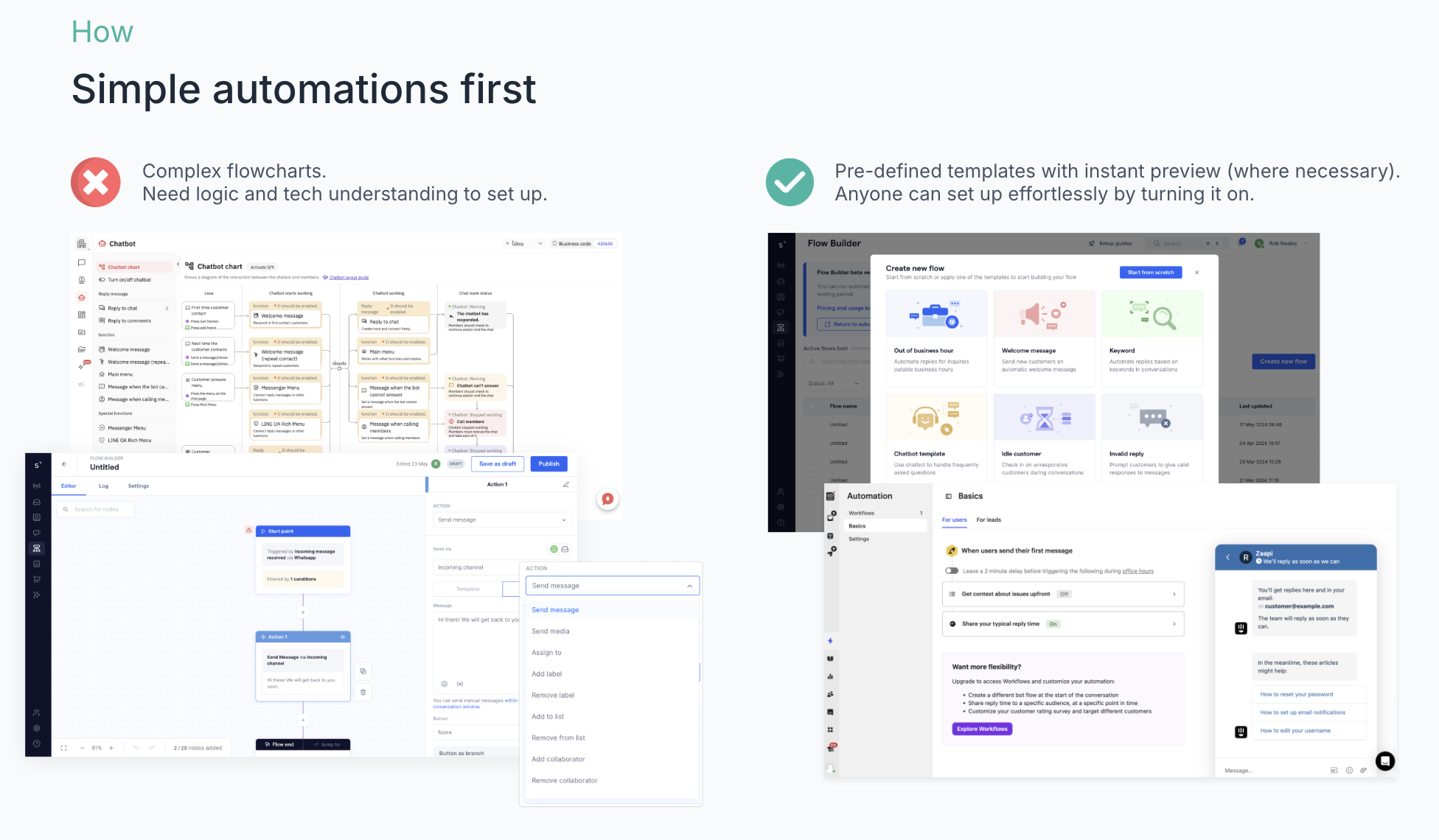


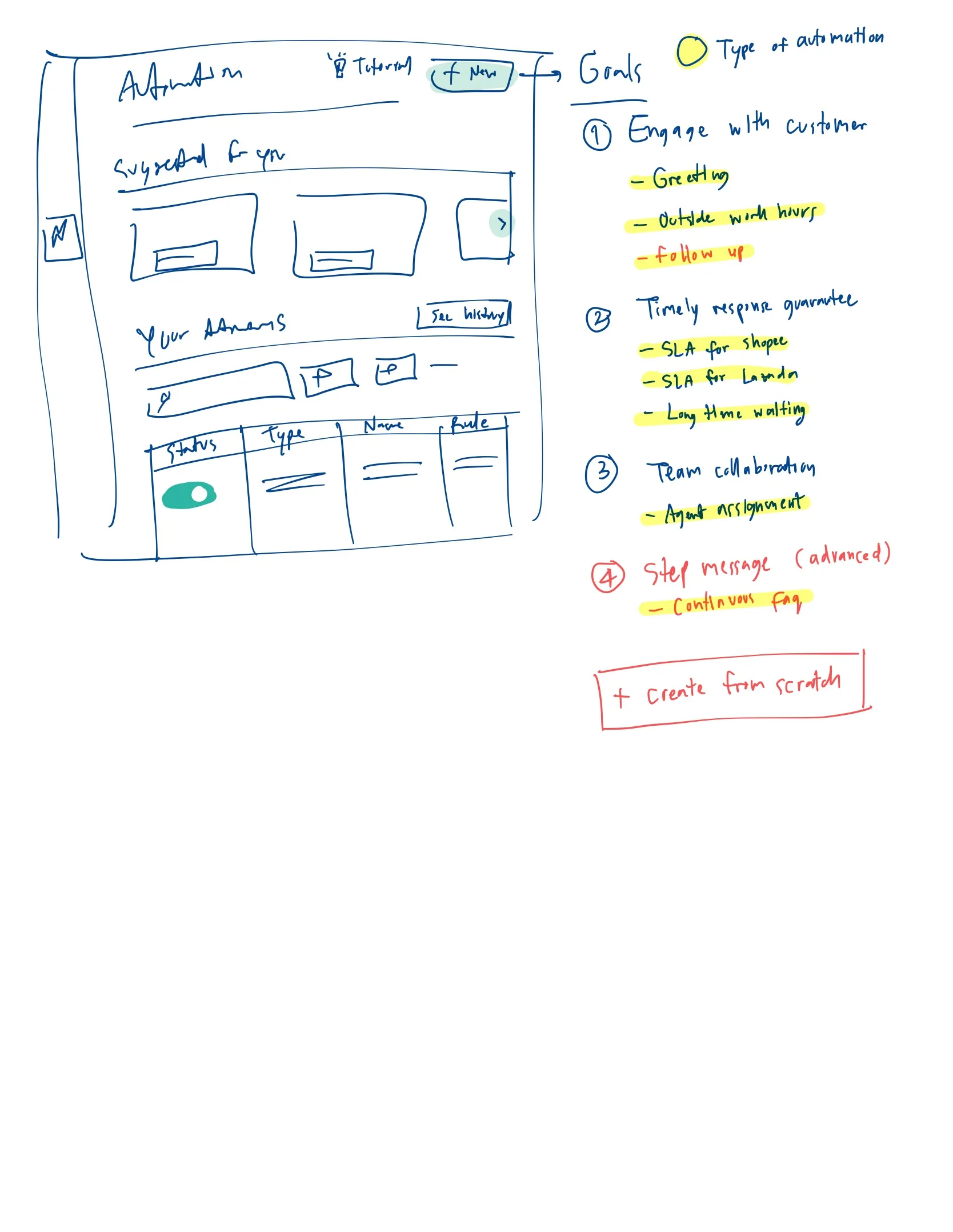
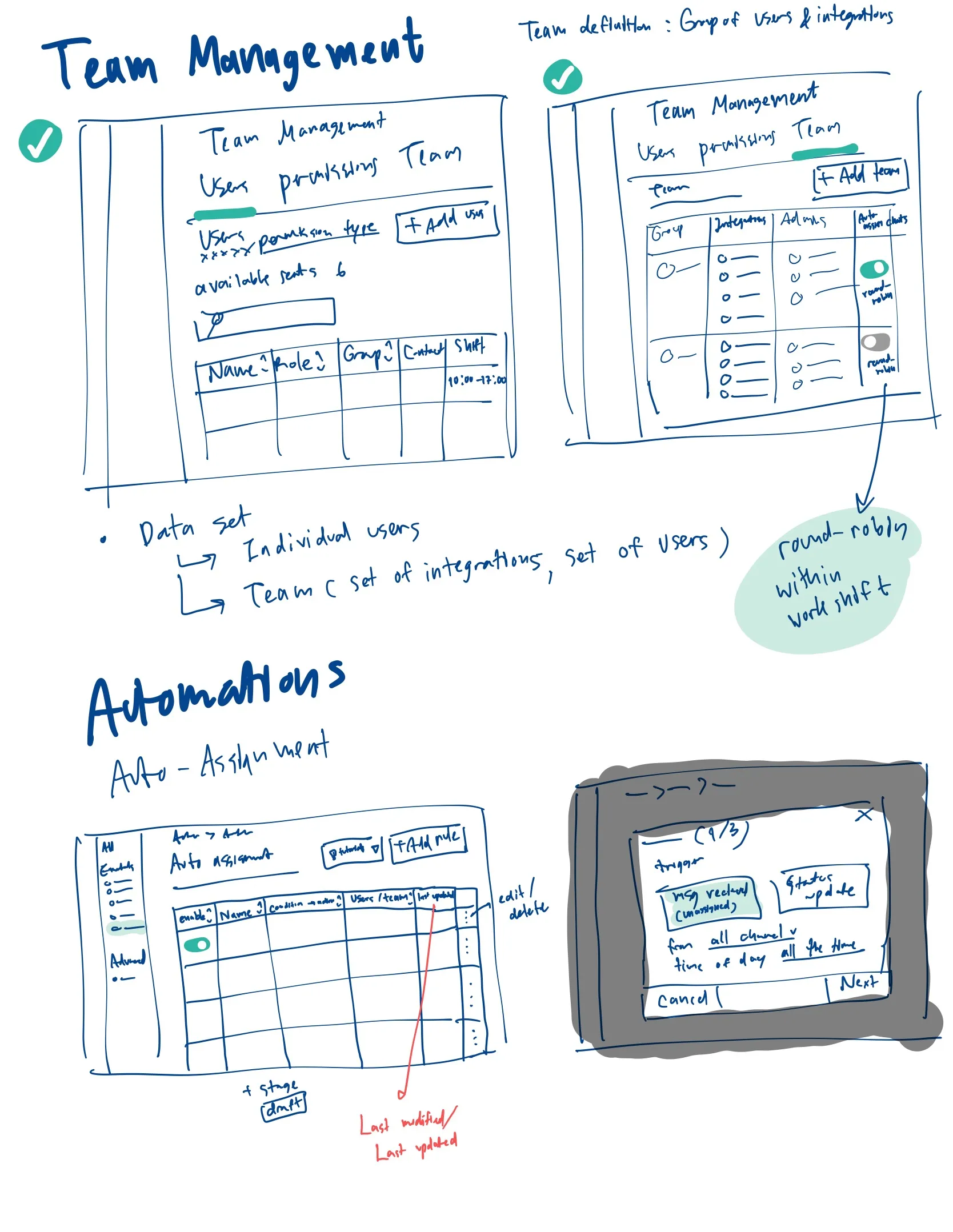
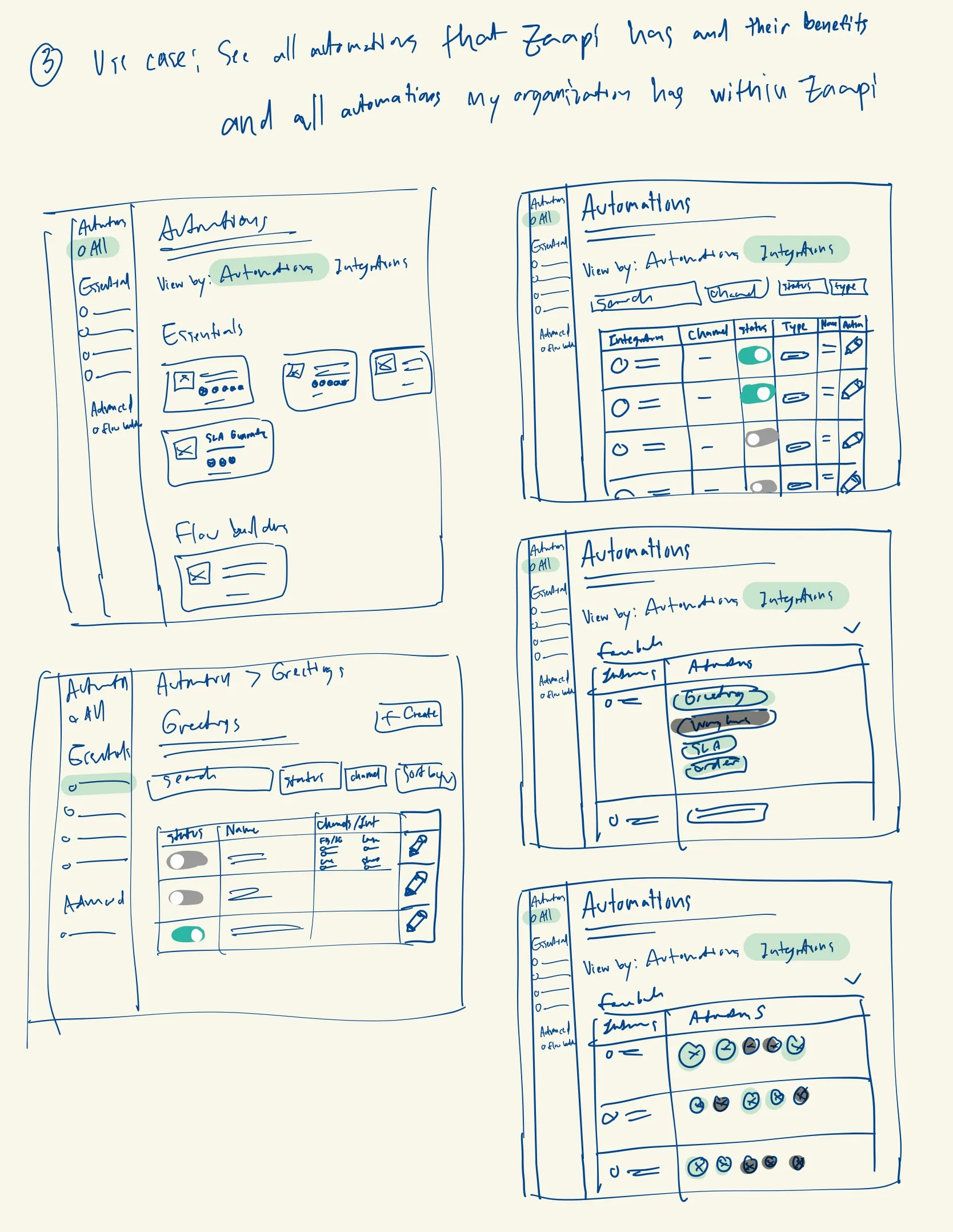
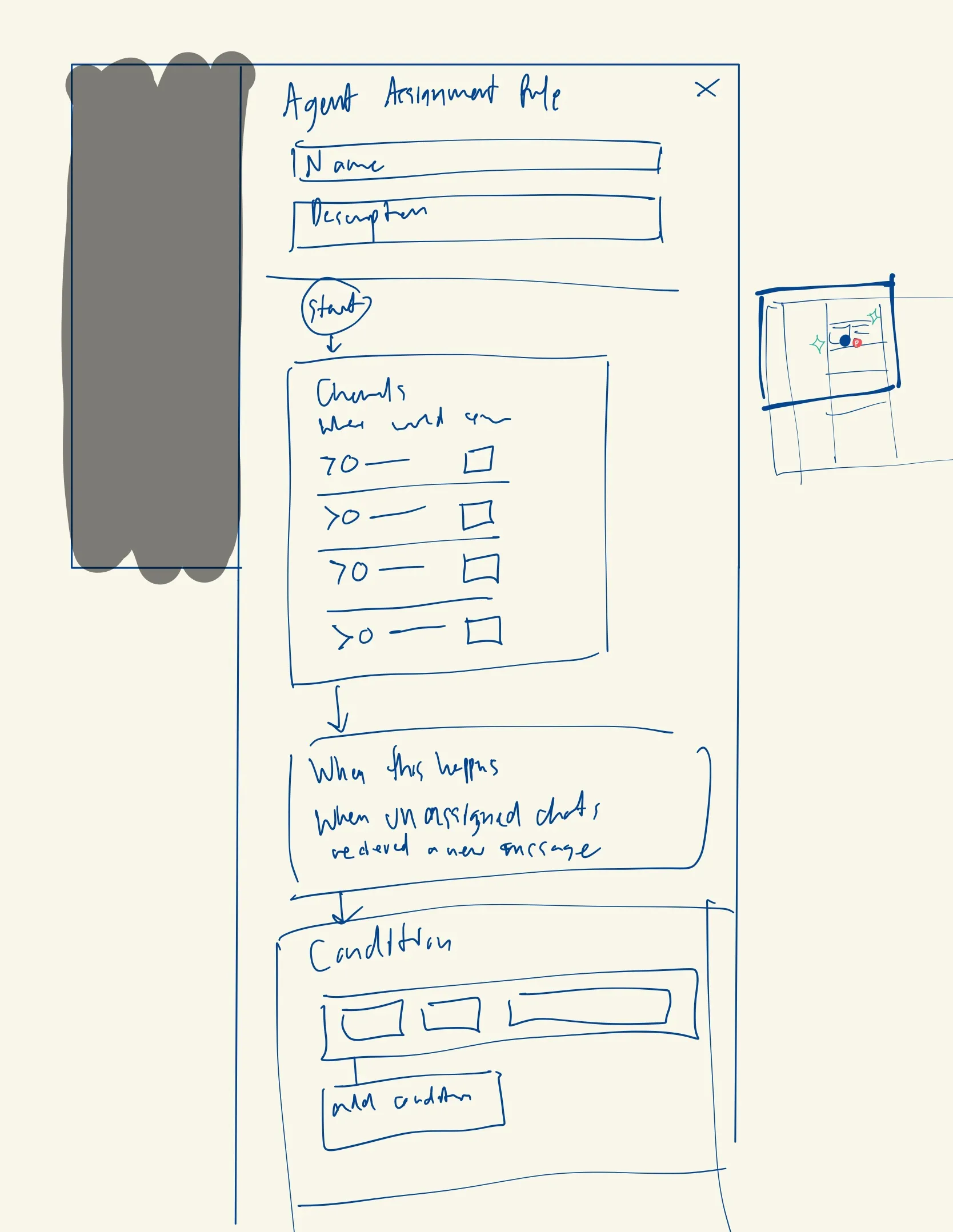
Our rapid usability tests showed the Phase 1 templates met over 80 % of user needs with zero learning curve—users described it as ‘like filling out a form.’ They also exposed pain points around advanced logic and a strong demand for more automation types, directly shaping our Phase 2 visual flow builder.”
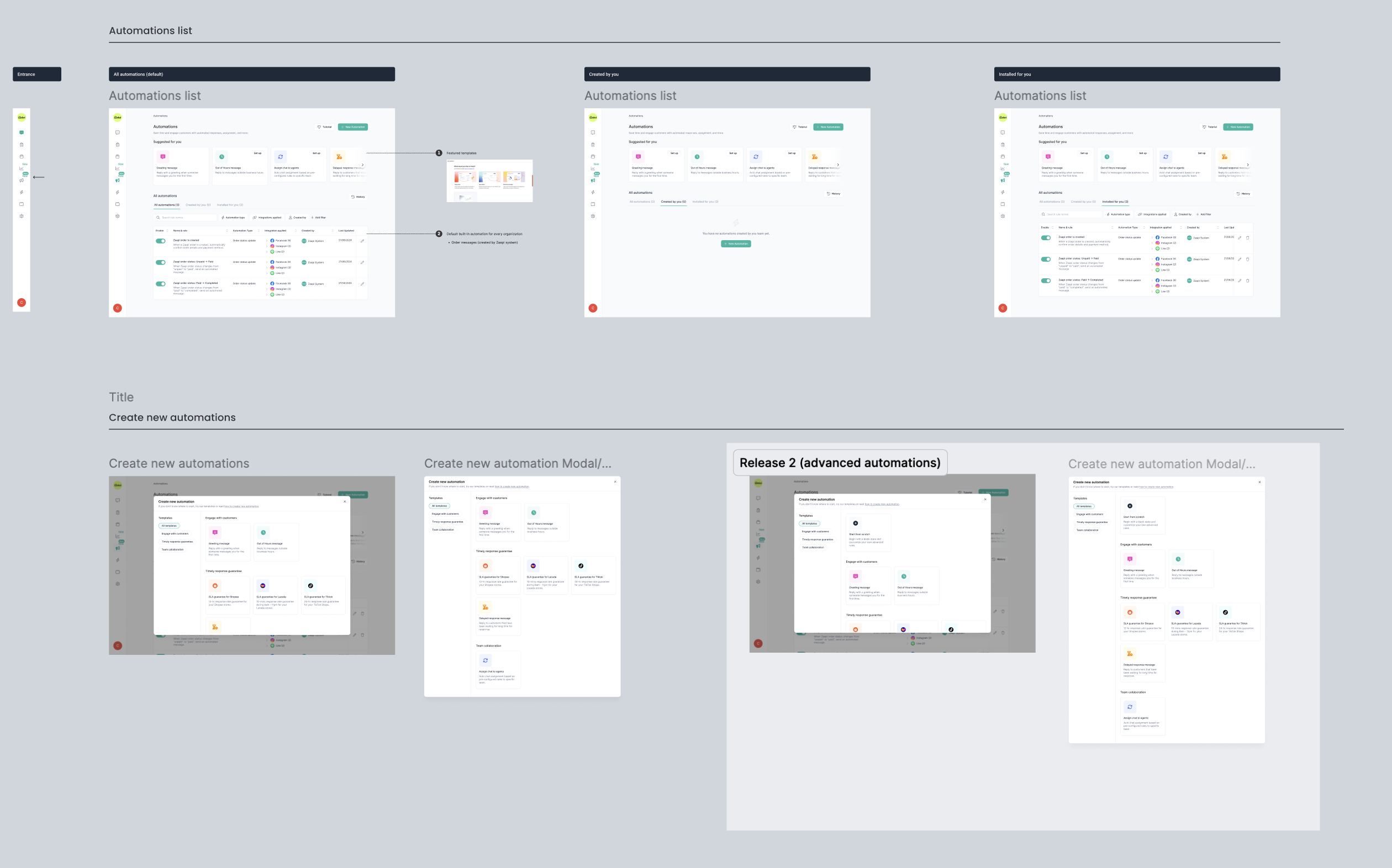
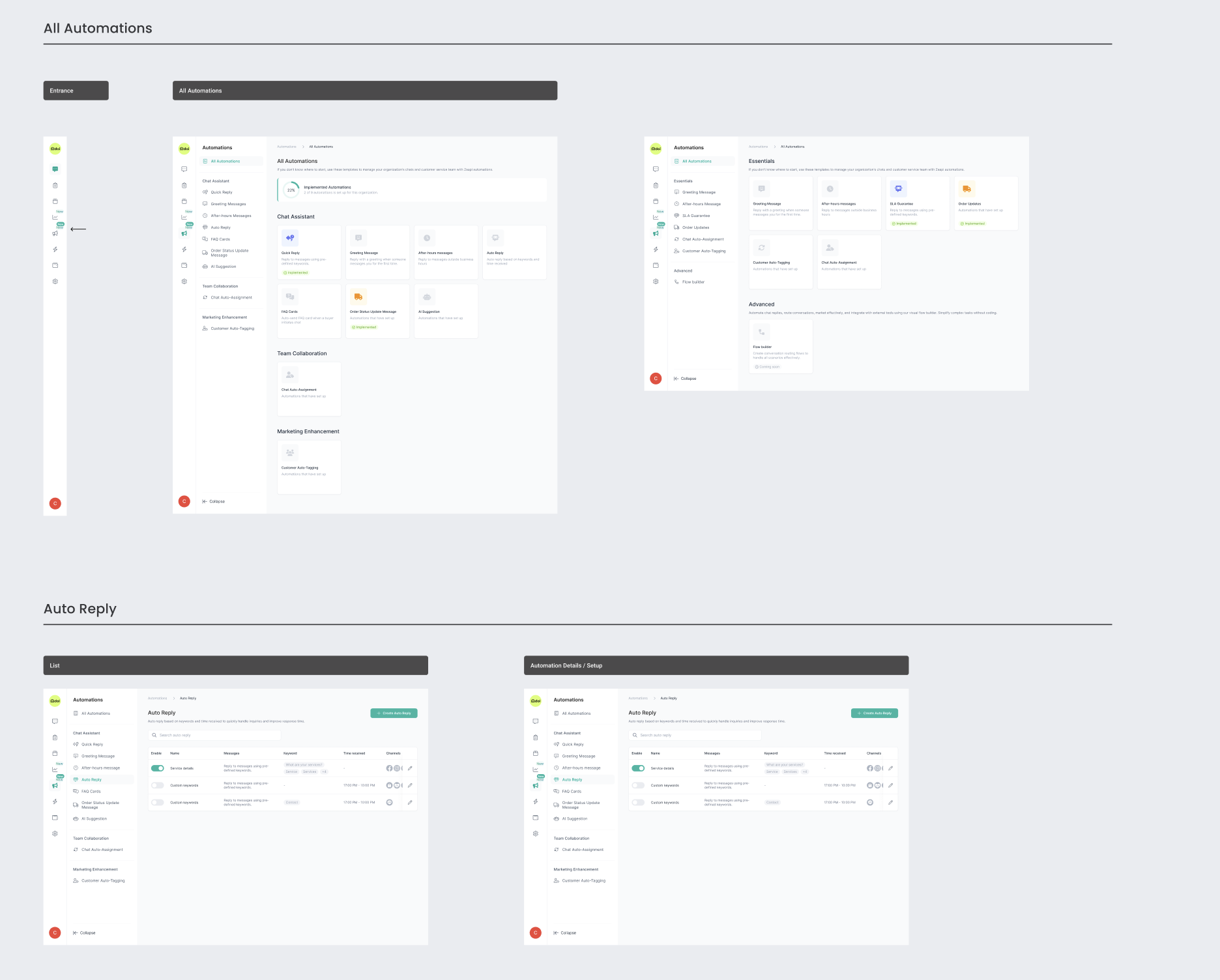
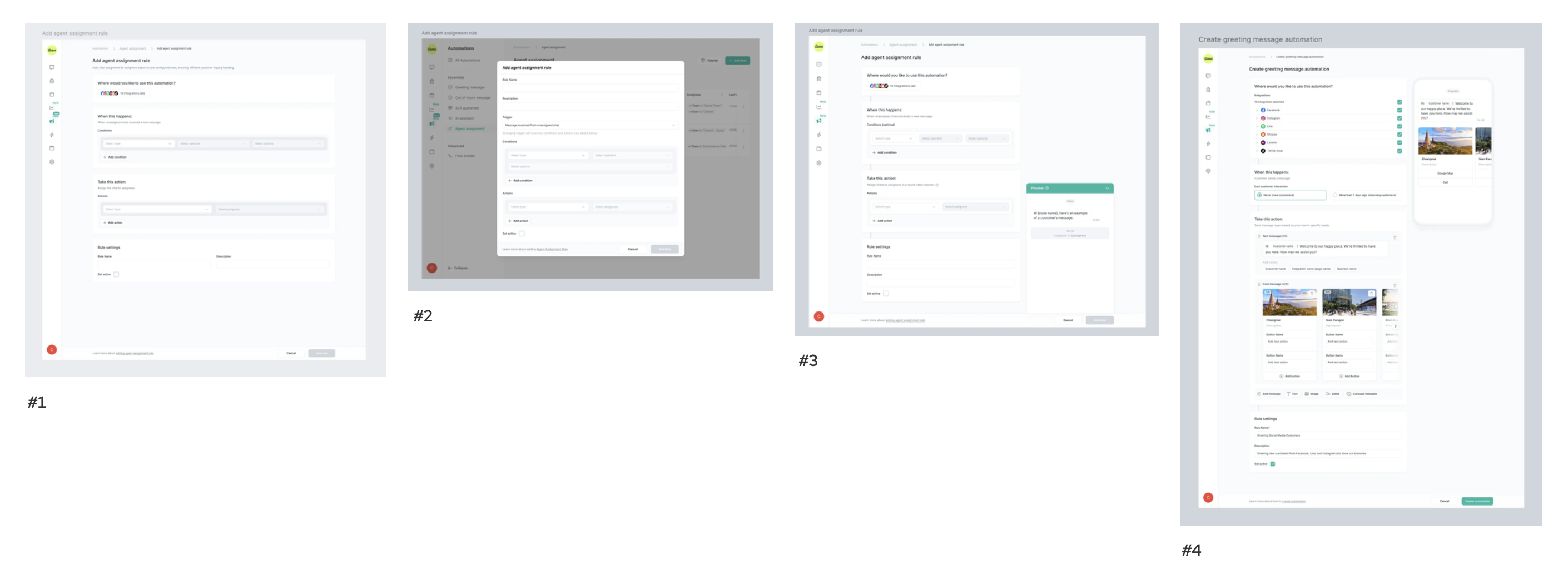
To ensure a smooth transition from design to development, we prepared comprehensive documentation and resources:
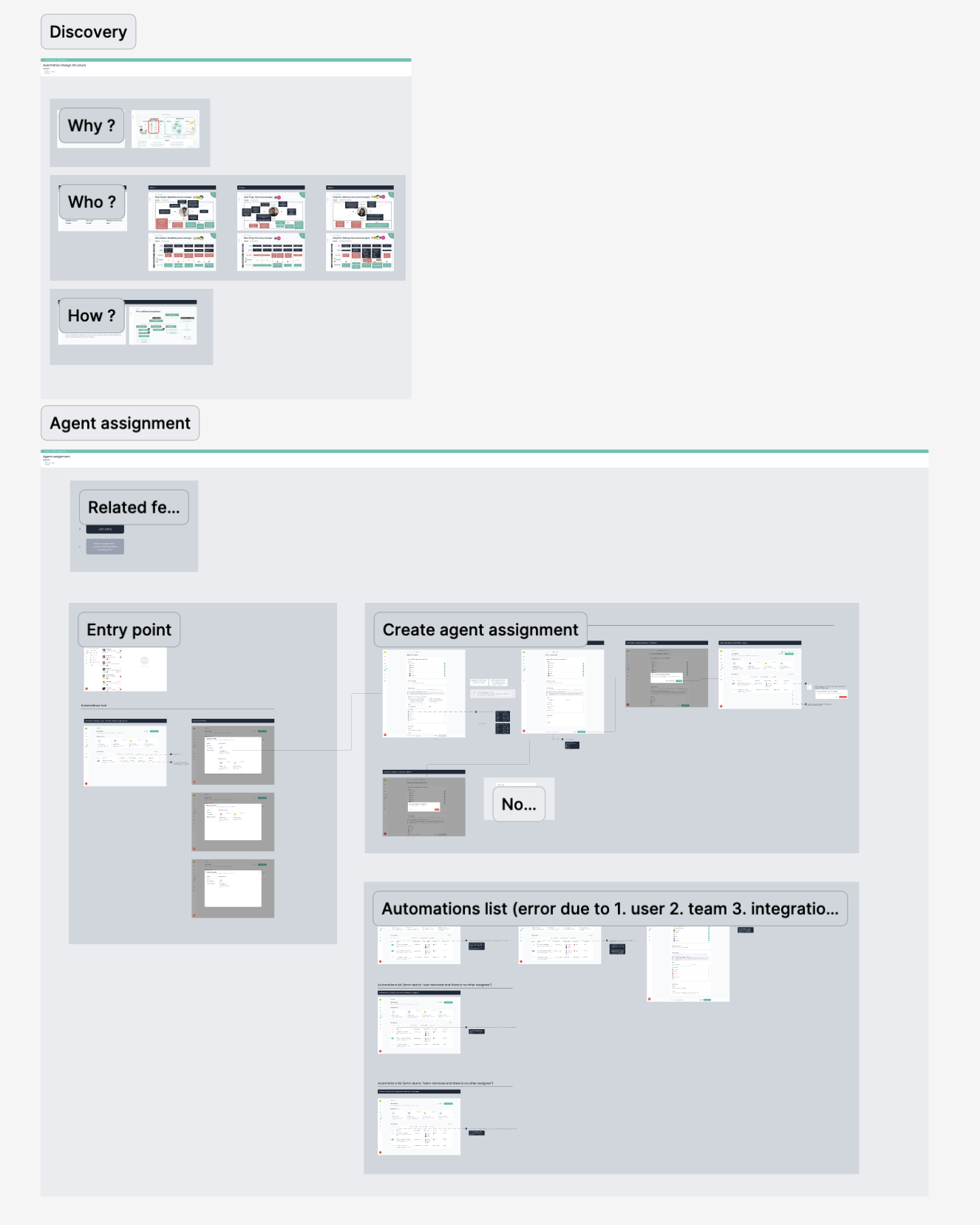
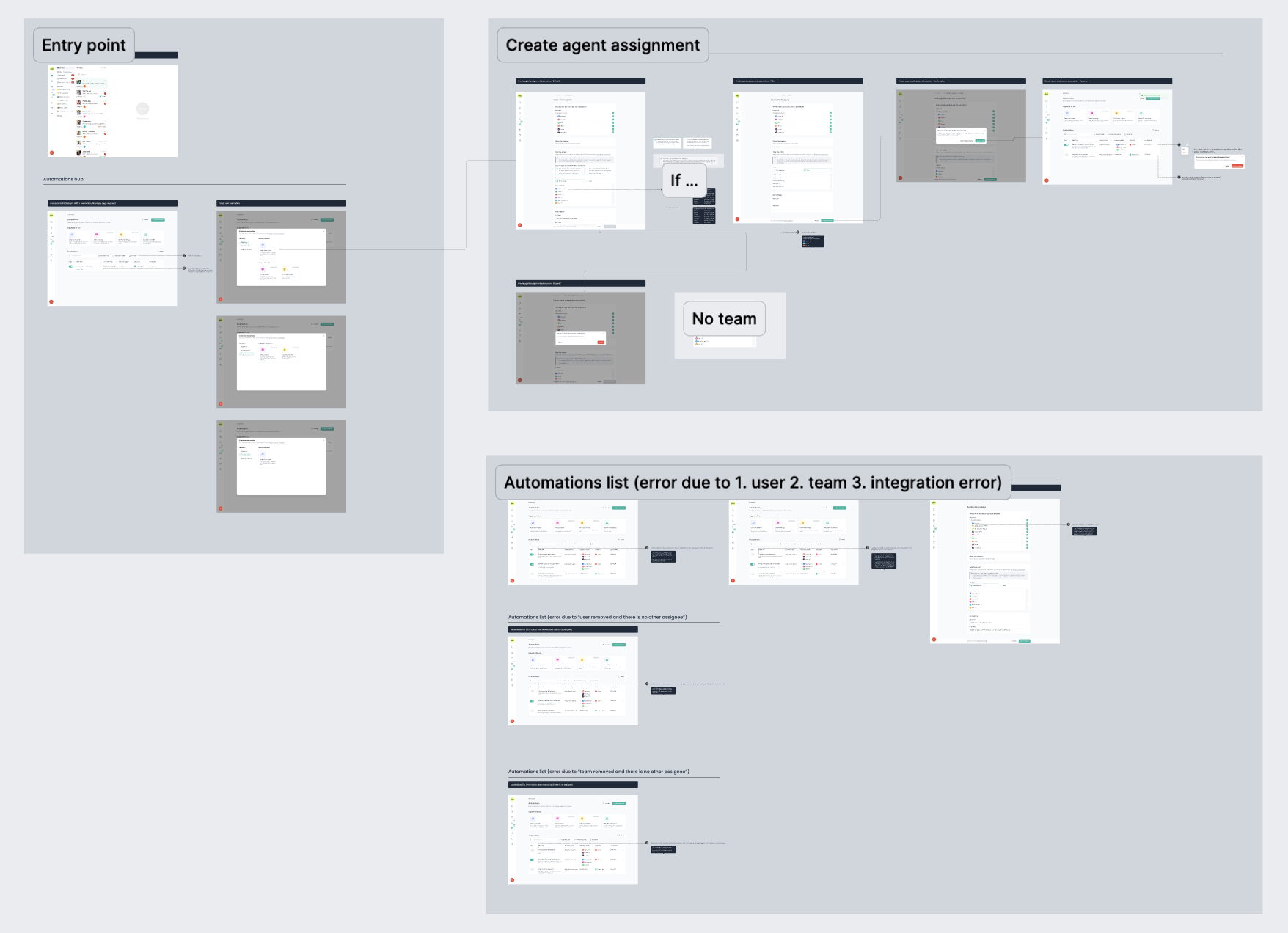
After gathering feedback on customer workflows across different company types, we identified that larger companies require more advanced chat workflow customization. This insight led us to move forward with Phase 2 of automation: Custom Flow Builder, which was decided after approximately 6 months of analyzing results and user demand.
Metrics:
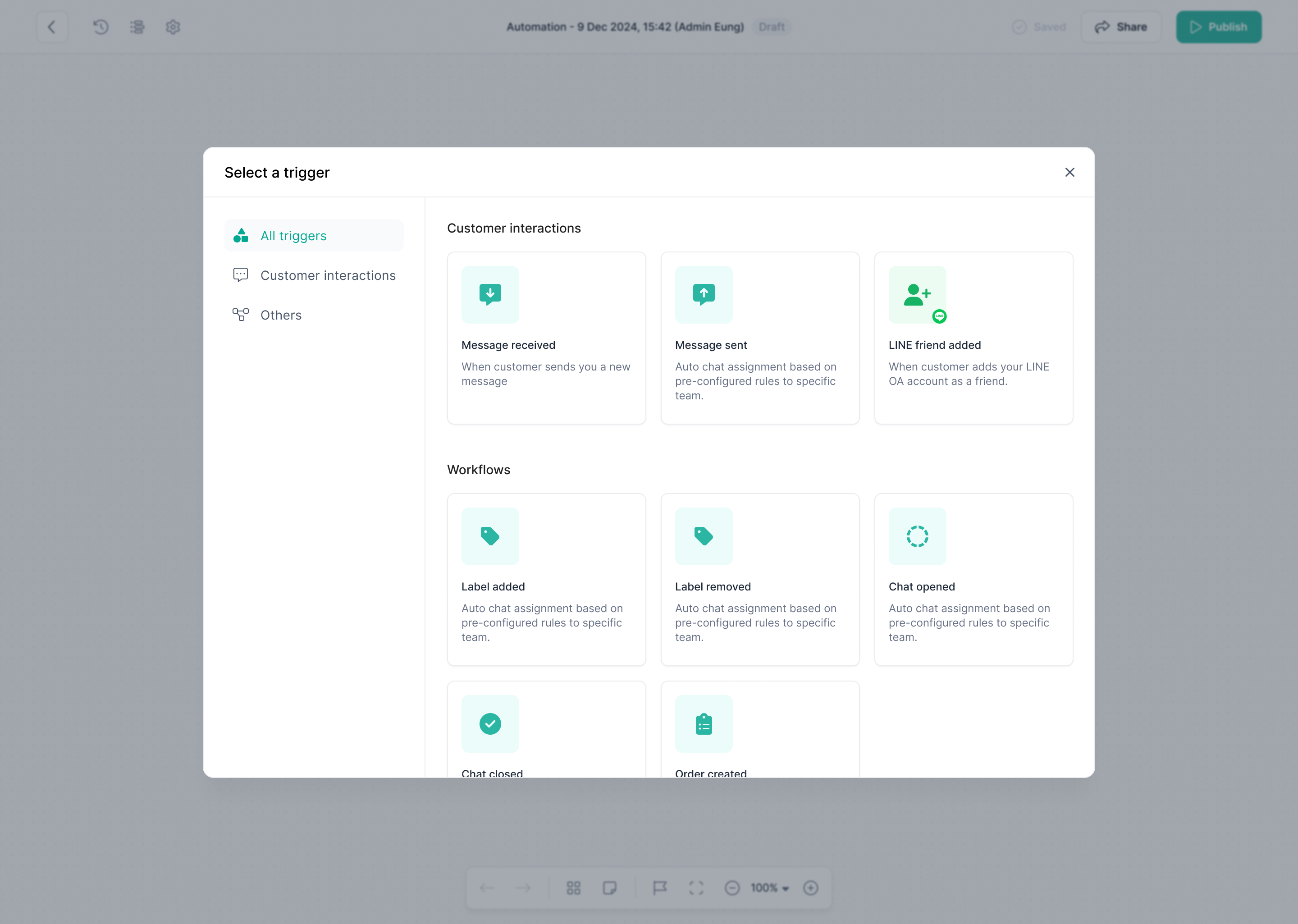
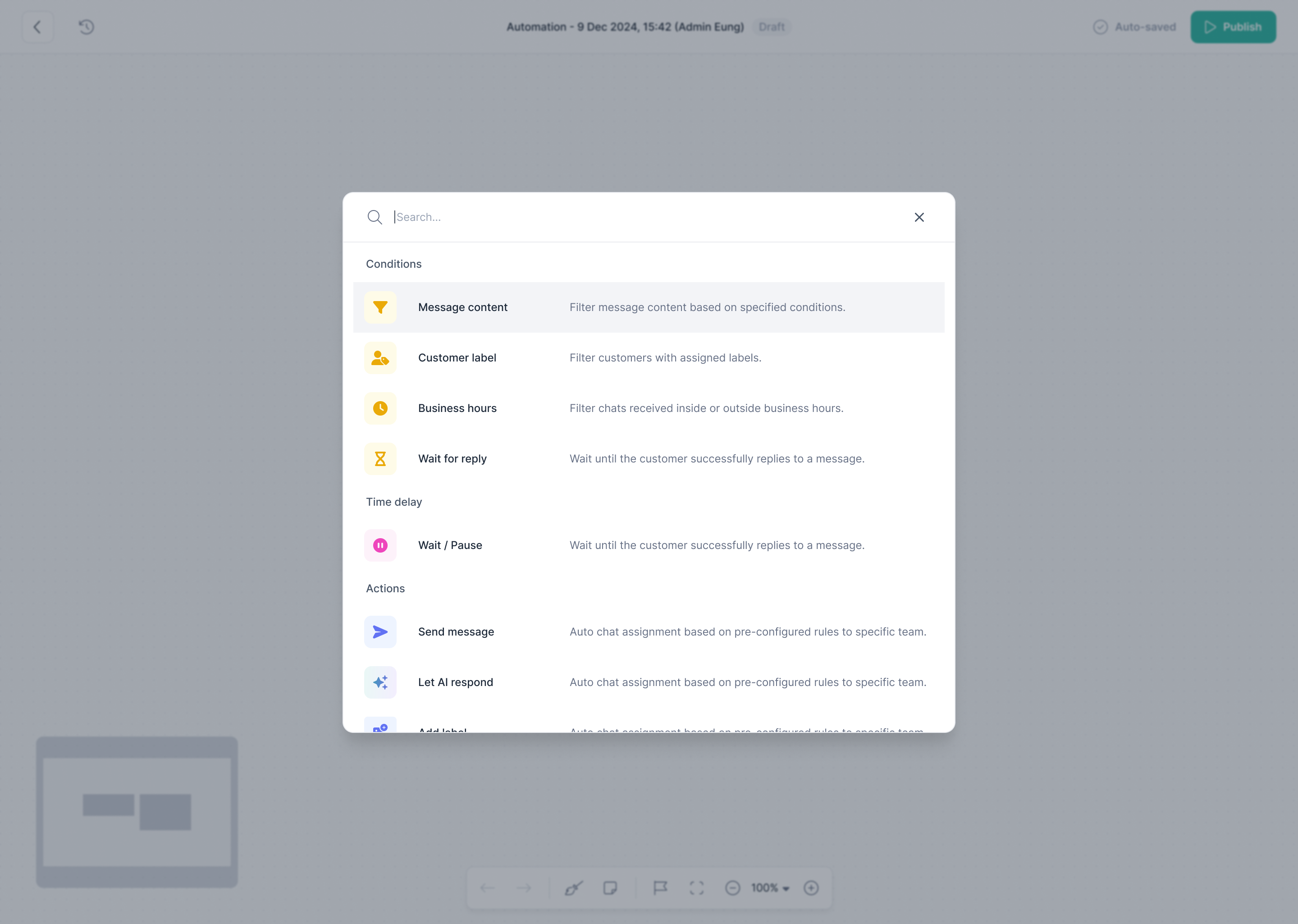
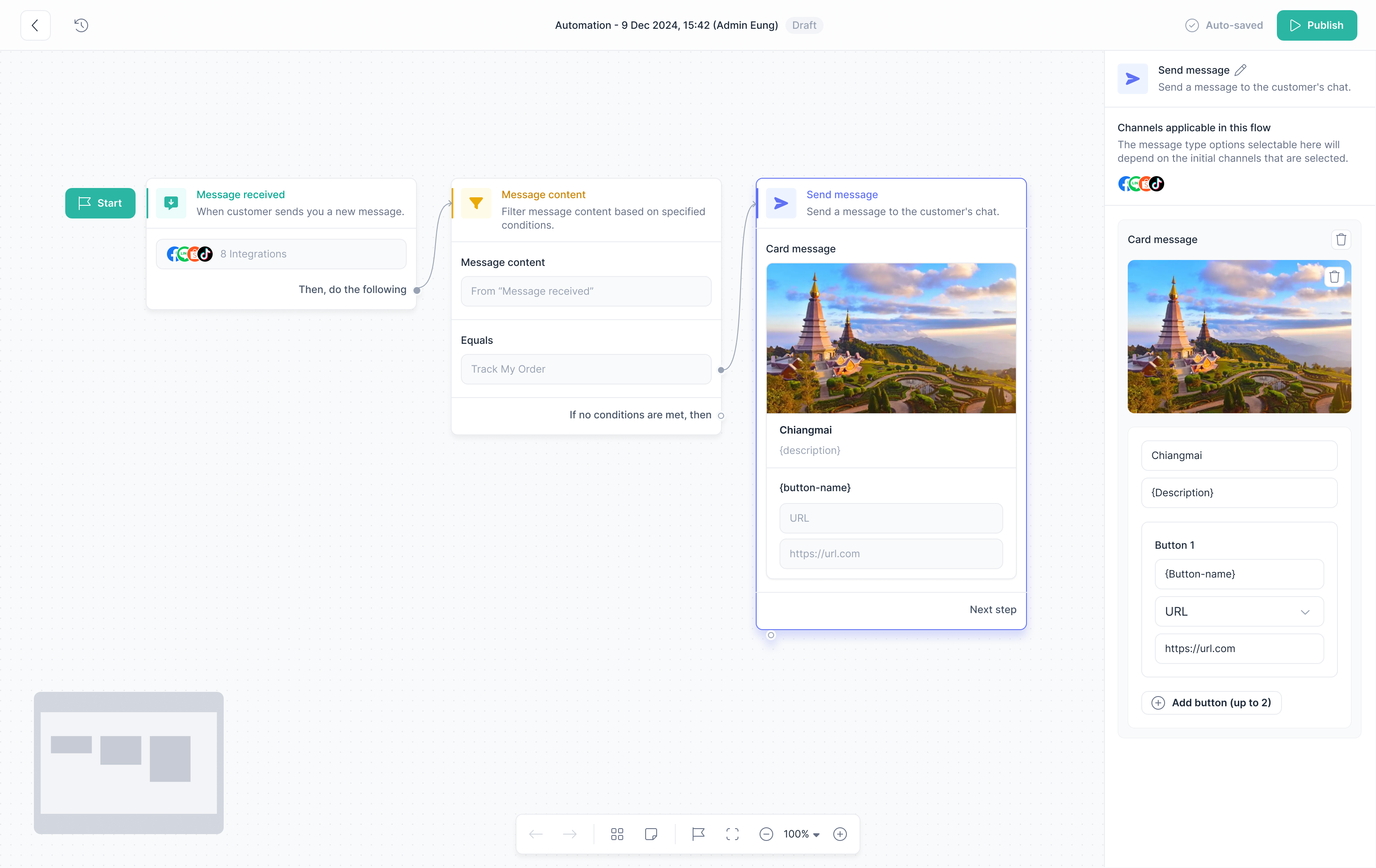
Design Zaapi’s automation architecture with a seamless migration path: Basic Automations (for non-technical users) should upgrade to Flow Builder (for power users) in one click—no rebuilding, with triggers, conditions, actions, and history preserved. Standardize on Flow Builder as the single interface for creating and editing automations; Basic Automations simply seeds a pre-filled flow inside it.
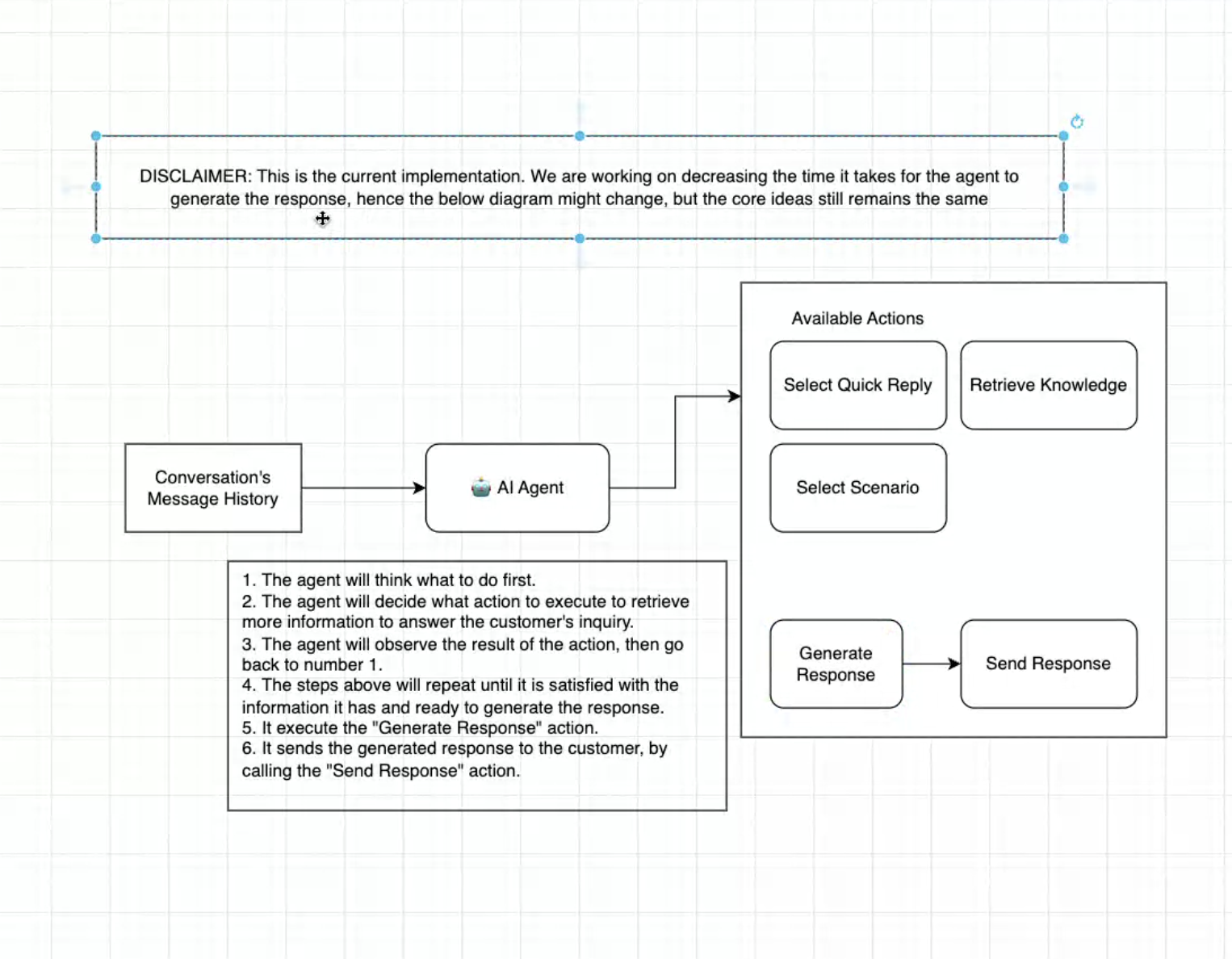
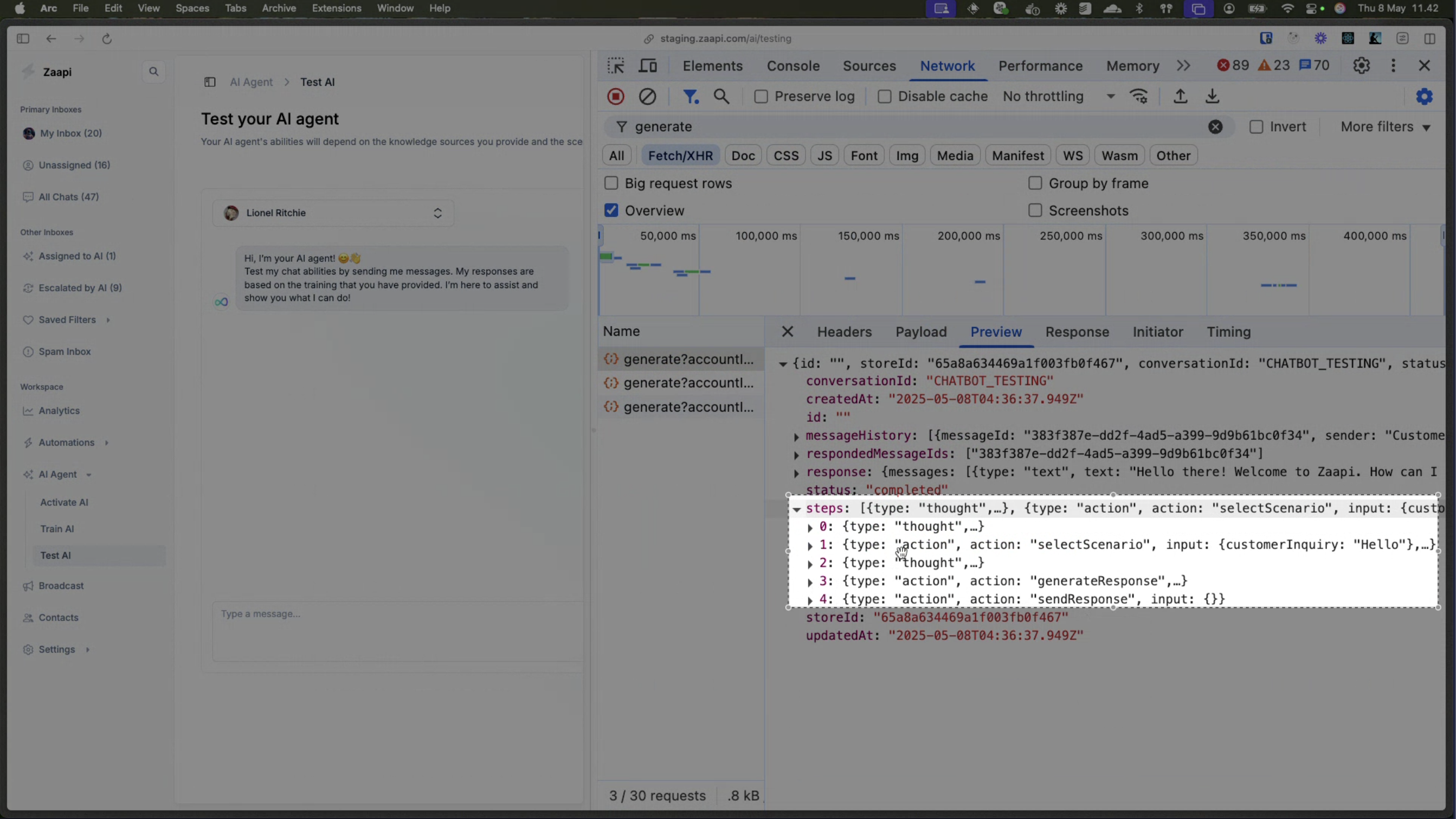

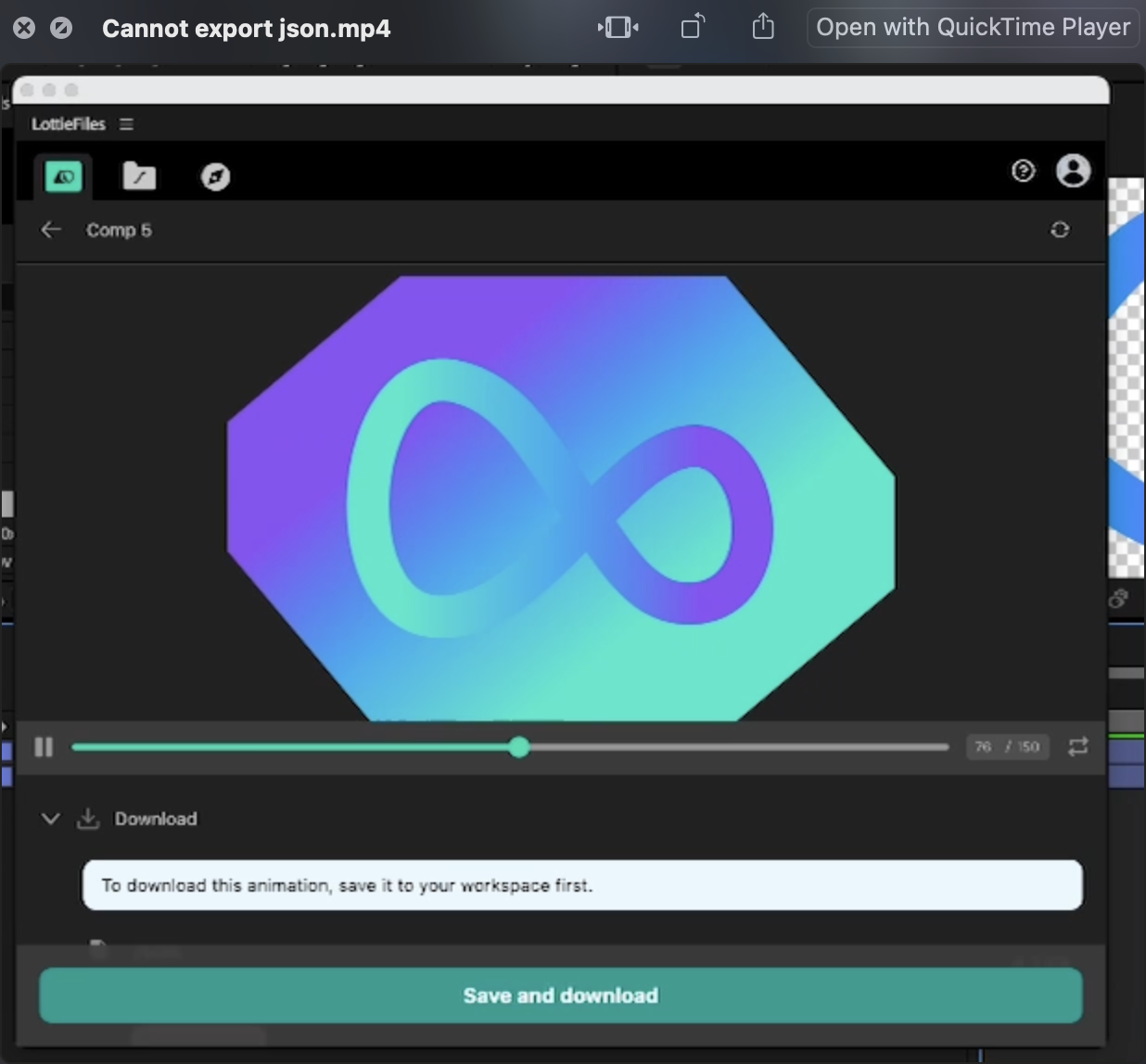
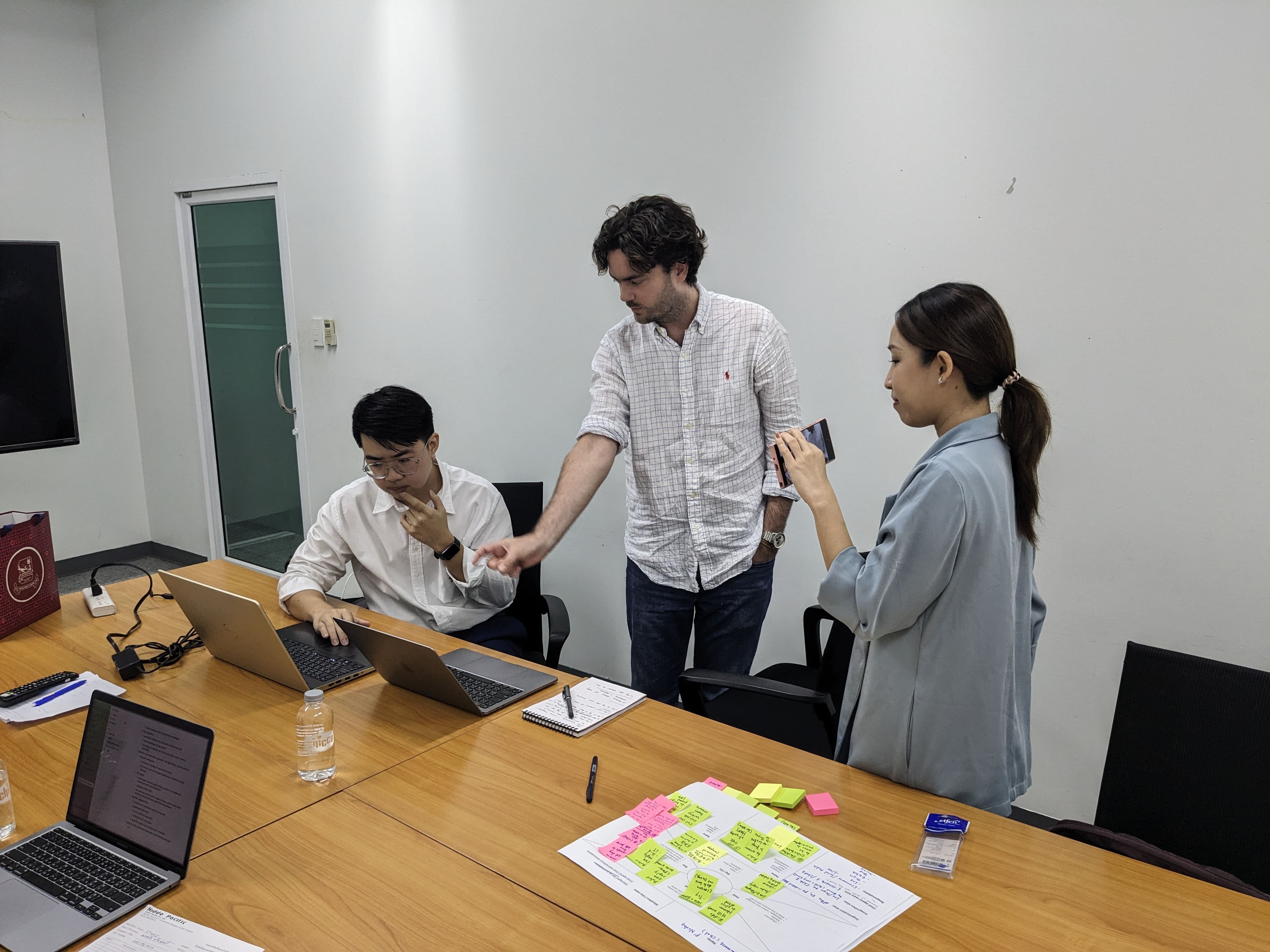

See at a glance what I can bring to your business and team.
Download my resume©2025 UX by Nana - Product Design Lead Specializing in User Experience Design. All rights reserved.